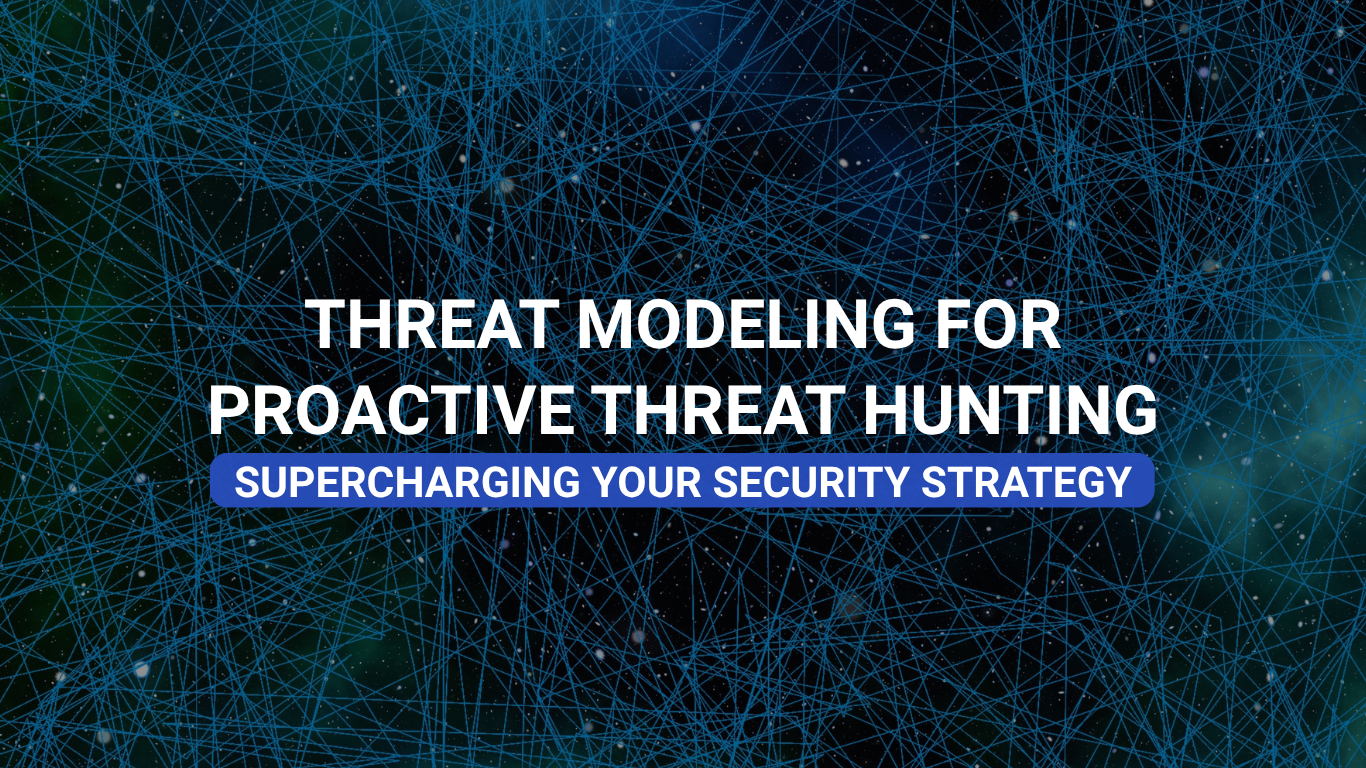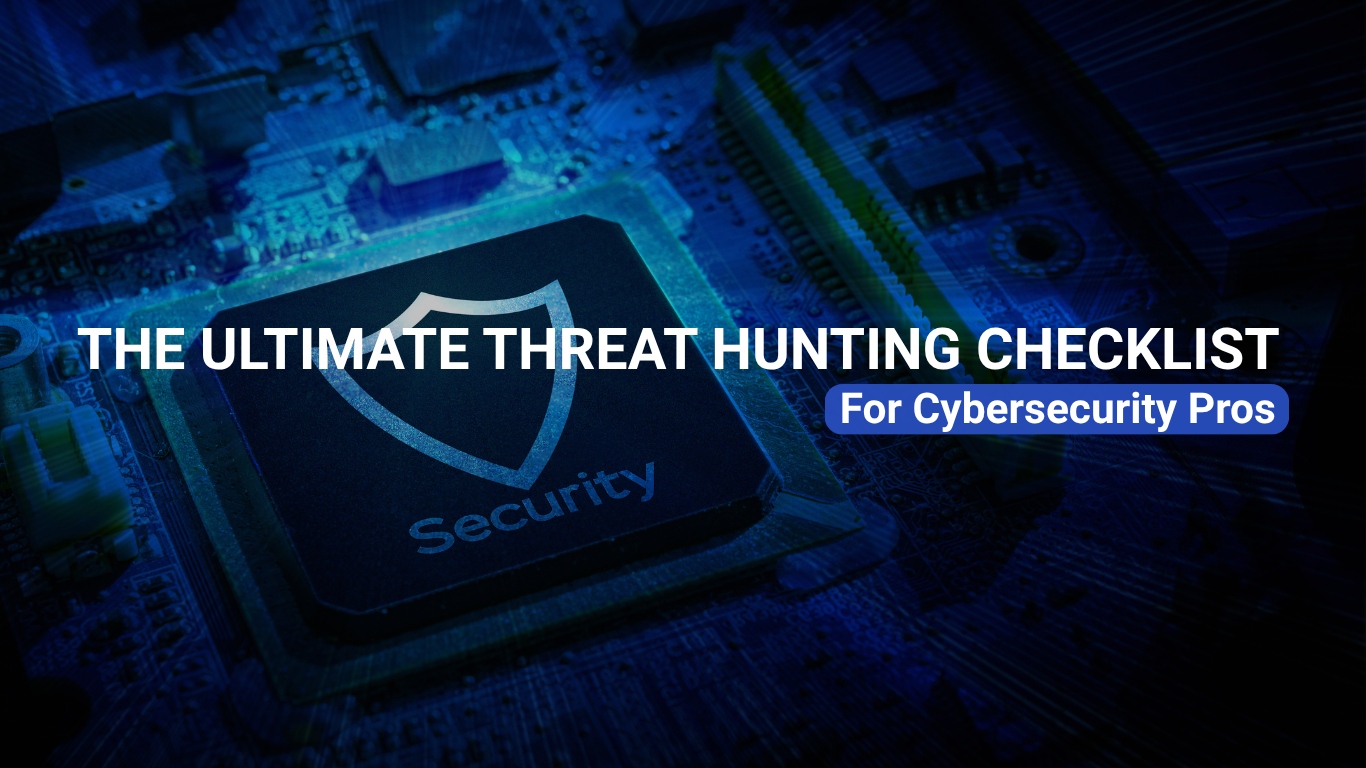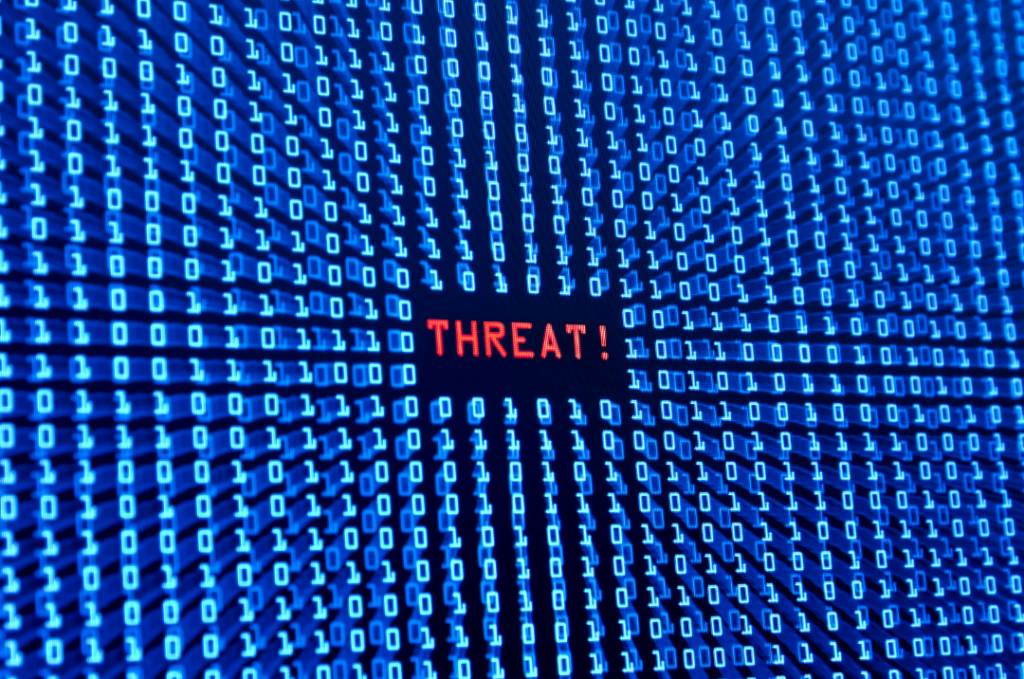
Combining threat modeling with threat hunting helps detect and prevent cyber threats. Threat modeling’s value is its ability to Identify potential vulnerabilities and exploits before a new application or system platform moves to production.
Threat hunting involves examining security telemetry for suspicious activity and figuring out the impact, especially if it bypassed corporate security systems.
Organizations struggling to hire and keep cybersecurity threat hunting and modeling resources look to managed detection and response (MDR) providers like ForeNova.
Key Takeaways
- Threat modeling provides a structured approach to identifying potential threats and vulnerabilities
- Integrating threat modeling into your security strategy enhances your threat detection capabilities
- Avoid common pitfalls by keeping your threat models up-to-date and comprehensive
- Incorporate threat modeling insights into your daily security operations
- Foster a culture of continuous improvement through proactive threat hunting
Understanding Threat Modeling
The threat of a cyberattack exists across every element of the enterprise IT and digital environment. Even with a wide range of vulnerabilities to manage, organizations need to evaluate which vulnerability will cause the greatest damage. Threat modeling became a proactive approach to evaluating possible exploitable vulnerabilities the level of risk.
Exploring the Basics of Threat Modeling Techniques and Tactics
Security engineers can choose from various attack vectors and methods to help better assess whether their current security controls align with protecting a newly developed architecture or application.
Threat modeling involves four parts:
- Document the systems: What are the organization’s current application and system development projects?
- Choose a variety of attack vectors: What cyberattacks or disruptions can we expect?
- Document and enable cybersecurity controls: Does the organization have the most updated security tools to help stop a next-generation cyberattack?
- Analyze the results: Did the existing cybersecurity defensive tools prevent the various simulated attacks against attack surfaces?
The organization can assess the risk by analyzing threat modeling and attack assessment.
Benefits of Threat Modeling With Threat Hunting
Threat modeling is an ideal partner for helping threat hunting become far more productive. Based on their analysis, threat hunting teams can use modeling to focus more on higher-priority risk areas within the organization’s digital landscape.
The threat model also helps the organization by providing the needed artifacts for the leadership to make important decisions, including stopping an application or system from moving into production.
Improving Security Posture with Threat Modeling
The global threat landscape changes consistently.
Threat hunters’ ability to identify newer cyberattacks against their organization’s most critical assets helps lower risk and improve their overall security posture. Modeling provides much-needed analysis for organizations to evaluate their current defensive capabilities.
Threat modeling combined with threat hunting helps organizations understand how the changes in the threat landscape will affect their various attack vectors. This valuable insight into the dynamics of threat evaluation prompts organizations to become far more fluid in their cybersecurity strategies, in how to respond to threats, and in what changes to their architecture need to be made.
Unfortunately, organizations waste valuable financial and human resources without leveraging threat modeling with threat hunting.
Practical Tips for Effective Threat Modeling in Threat Hunting
Security teams have several strategies for best integrating threat modeling into threat hunting. Threat modeling engagements need to begin with the designation of a specific framework. STRIDE, PASTA, Trike, and VAST modeling are examples of threat modeling frameworks.
These frameworks accomplish similar goals. They all help determine the level of risk against specific digital assets and identify the core weaknesses in cybersecurity defense tools.
Organizations must consider the right tool based on the platform they plan to analyze and the expected output. STRIDE is an excellent framework for testing software applications. PASTA is a fantastic framework for simulating attacks on various platforms to help determine the risk and the ability for the security to react, block, and remediate.
Once the decision regarding the threat modeling framework has been made, the next important step is to ensure the threat modeling activities integrate into threat hunting tools. These tools include security information event management (SIEM) platforms, extended detection and response (XDR), and endpoint detection and response (EDR).
The integration into threat hunting tools helps threat modeling teams with a location to store their various artifacts. These hunting tools help provide a valuable analysis that becomes part of the overall threat modeling after-action reporting.
Many artifacts from threat hunting tools become part of the threat modeling analysis, including attempts to breach the various attack surfaces. Part of the threat modeling strategy is targeting different attack surfaces with varying vectors of attack, looking for vulnerabilities and exploits that bypass the defense tools. By discovering these bypasses, security teams can create a strategy to reduce the risk.
More to the point, not every exploited vulnerability is high security for the organization. Threat modeling provides the ability to establish a level of priority for threat hunters to concentrate their efforts on specific digital assets that, if compromised, could have a huge financial and business impact.
Common Mistakes to Avoid in Threat Modeling
Threat modeling methodologies are not a perfect science. Security teams need to develop a very fluid and dynamic process for planning to use threat modeling. When creating a threat modeling workflow, security teams must remember that the process must change with each cycle. How threat modeling works has a lot to do with the choice of framework and what application, network, or cloud-based platform is being validated. Most importantly, threat modeling needs to align with changes in the threat hunting process.
Threat modeling for the PASTA framework is an entirely different strategy from using Trike. This decision to change frameworks may cause additional levels of collaboration between the various teams. Failure to collaborate between the security operations and application team results in a faulty analysis regarding the risk and the ability to validate if current security controls will prevent a future exploit.
Integrating Threat Modeling into Security Operations
Threat modeling is critical to Security Operations (SecOps) detection and response workflows and integration. One significant component of a threat modeling exercise is validating the organization’s ability to use its current set of cybersecurity defense tools to respond to a cyber threat. This portion of the threat modeling engagement is essential for organizations to determine if their current incident response, remediation, and reporting can prevent a next generation cyberattack powered by adversarial AI.
Along with integration into incident response, threat modeling also requires the organization to execute a continuous monitoring capability across all assets within its enterprise. Organizations rarely have the resources to monitor everything or thoroughly investigate every security breach. This decision not to cover 100% of the assets becomes a security risk. Integrating the threat model into the continuous monitoring happens by establishing an element of prioritization. The threat model helps establish a priority level based on the highest level of risk by asset. SecOps teams can take the updated prioritization list from threat modeling and adjust where they need to apply continuous monitoring.
By successfully integrating threat modeling into SecOps, the security team will become more efficient by aligning their efforts to protect the organization’s most critical assets. Along with greater efficiencies, SecOps will also help improve the organization’s security posture through the integration with threat modeling and threat hunting.
Conclusion
Threat models influence threat hunters’ techniques. Threat modeling, working together with threat hunting, can reveal unknown threats, indicators of compromise, and indicators of attack. Security operations centers need a solid threat modeling strategy to better guide threat hunting and validate security defenses against hidden threats. Extending threat hunting with threat modeling also helps with identification, better detection, and threat analysis.
Businesses interested in better cybersecurity should work with a company that offers managed detection and response services. ForeNova’s security engineering expertise extends beyond capturing endpoint telemetry and identifying persistent threats.
The firm helps organizations with a continuous monitoring function that brings even further value regarding threat monitoring and threat hunting.




